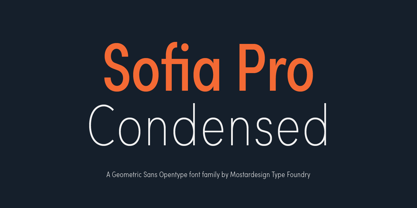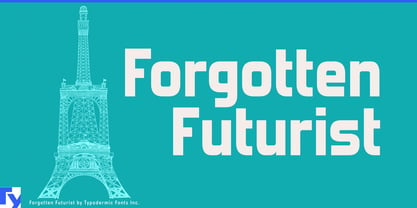10,000 search results
(0.028 seconds)
- Cul De Sac - Personal use only
- Mr Men - Personal use only
- Aint Nothing Fancy - Personal use only
- All Over Again - Personal use only
- elizajane - Personal use only
- Futurex - Unknown license
- LaudatioC - Unknown license
- Futurex Arthur - Unknown license
- Futurex Arthur - Unknown license
- Futurex - Unknown license
- Futurex Parts - Unknown license
- As of my last update in early 2023, there is no widely recognized or established font known as "Chlorix." However, let's create an imaginative description based on the name itself. The font Chlorix...
- Sofia Pro Condensed by Mostardesign,
$25.00 - Forgotten Futurist by Typodermic,
$11.95 - Dopestyle - Personal use only
- Blue Rays - Personal use only
- Mogata - 100% free
- Youtube Star - Personal use only
- Pushkin - Unknown license
- Magenta - 100% free
- Berlin Graffiti - Personal use only
- groutpix rounded - Personal use only
- Tresdias - Unknown license
- Jacks Font - Unknown license
- Elcsa - 100% free
- RIOT! - Unknown license
- KG All Things New - Personal use only
- Katy Berry - Personal use only
- Ardnas - Unknown license
- Convalescence - Unknown license
- KG Flavor and Frames - Personal use only
- KG The Last Time - Personal use only
- KG Kiss Me Slowly - Personal use only
- Mastodon - Unknown license
- KG Change This Heart - Personal use only
- Scrubble - Unknown license
- fresh - Personal use only
- çarşı - Unknown license
- Requiem - Personal use only
- Verdy - Personal use only






































